Task Force 121 was a secret unit formed with only one goal: capture or kill Saddam Hussein. The Task Force 121 was part of U.S. SOCOM and filled with U.S. Special Operations Forces operators. It also included members of other conventional forces (U.S. Army). Task Force 121 was already malfunctioning from similar units like Task Force 5, operating in Afghanistan, and Task Force 20, serving in Iraq. They also were known as TF121.
Primary mission
Task Force 121 primary mission was an apprehension of high-value targets (HVT). As soon as they appeared, the intensive search was launched; the most notable target of that time was then-Iraqi dictator Saddam Hussein. The hunt for HVTs was organized to have a close relationship with intelligence personnel and have timely and unhindered access to any relevant data gathered by intelligence assets in the area. Such an option is invaluable to any Special Operations team, especially one whose primary mission is hunting elusive fugitives whose hideouts change frequently and randomly.
Uday and Qusay Hussein
Although such similar units that are blended from several other SOF units usually have a bunch of problems, it turned out that Task Force 121 could fulfill its mission in its total capacity. On 21st June 2003, their target was Saddam’s sons Uday and Qusay, at that time the most wanted men in Iraq. In a shootout with them, operators killed both of them. Task Force 121 fought alongside the 101st Airborne Division in this mission. Their ultimate target remained a former Iraqi President, Saddam Hussein, captured on 13th December 2003. It was a great success, and Task Force 121 fulfilled its mission.
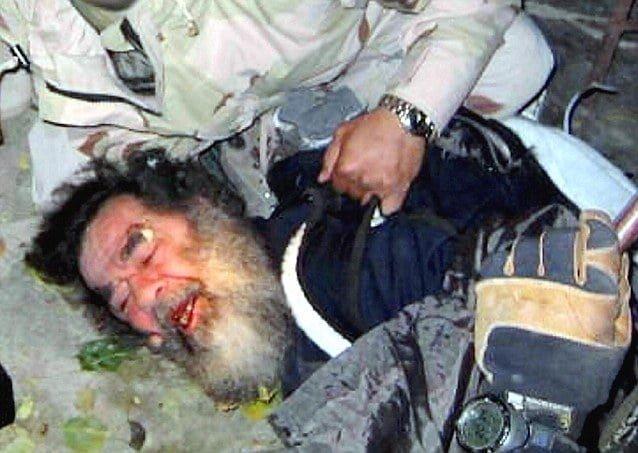
United States military formed task Force 121 in 2003. According to some sources, Task Force 121 was linked with Task Force 5 and Task Force 20, but these data remained classified.
Units involved
- 160th Special Operations Aviation Regiment (SOAR);
- Central Intelligence Agency (CIA) – Special Activities Division;
- INSCOM
Operation Red Dawn
Operation Red Dawn was the name of the military operation conducted by the U.S. Military on the 13th December 2003 in the small town of ad-Dawr in Iraq, near Tikrit. It was the reign where former Iraqi President Saddam Hussein was born, and therefore it was apparent that he would find the most significant support in his hometown. The military operation led by Task Force 121 resulted in his arrest.
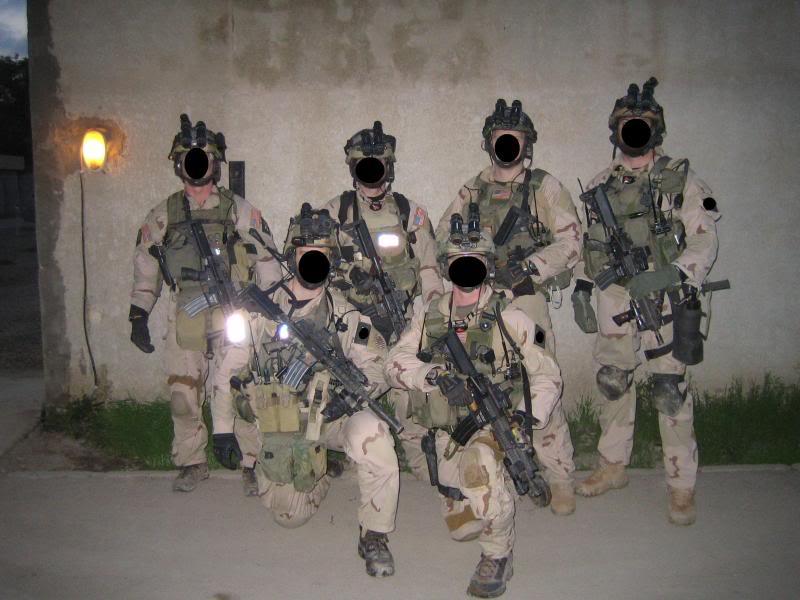
The operation was first assigned to a rapid response team from the U.S. Army 4th Infantry Division, but it was led by Task Force 121. In operation participated around 600 troops, including armor, engineers, artillery, air support, and special forces. Colonel James Hickey commanded the operation from the 4th Infantry Division.
Soldiers stormed over the village of ad-Dawr on the two sides, but they could not immediately capture or find former Iraqi President Saddam Hussein. The following cordon and surgical exploration found fugitives hiding in the so-called “spider hole” in a small walled shelter. Former Iraqi President Saddam Hussein was captured in 20 hours and 30 minutes local time. For himself, although he had a gun, he didn’t resist when arrested. Soldiers also found two rifles, AK-47, 750,000 dollars in cash (one hundred bills), stash cans of food, and white and orange taxi bills.
It was the end of the mission, for which Task Force 121 was initially formed. Those units still exist, and many operate side-by-side in conflicts today, but Task Force 121 has been disbanded.
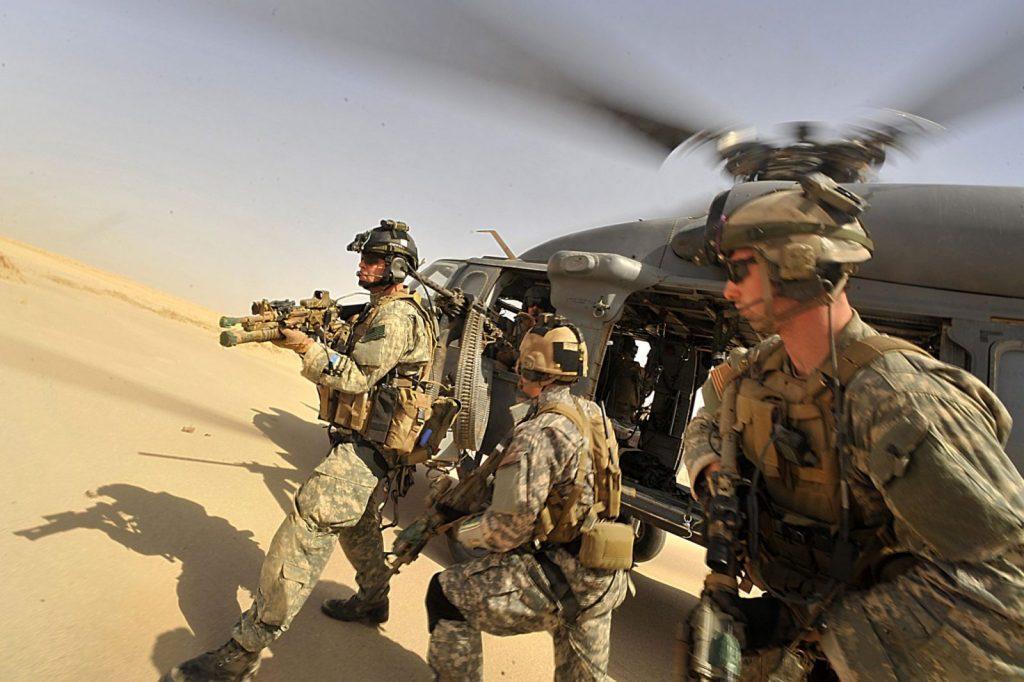
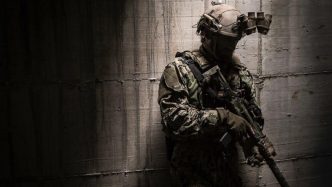
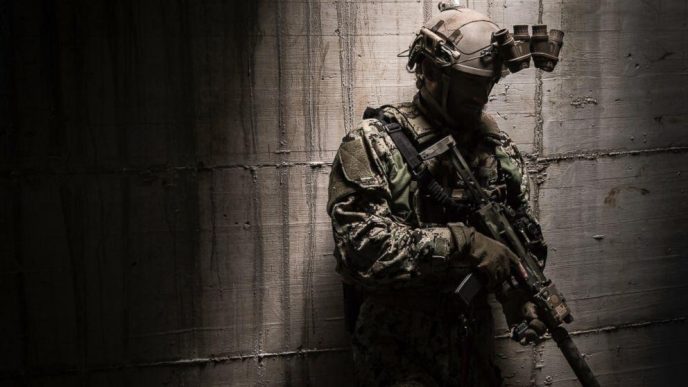
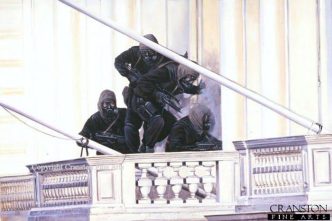
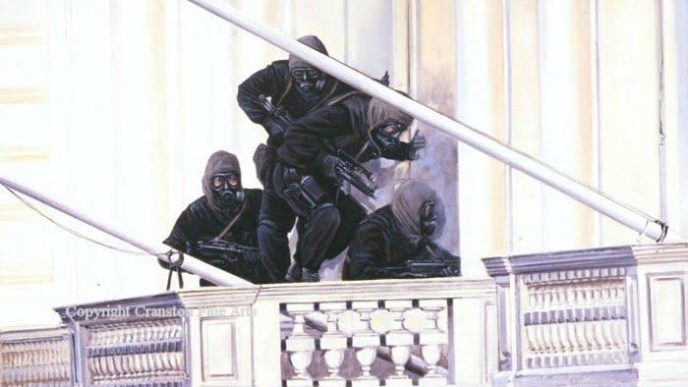
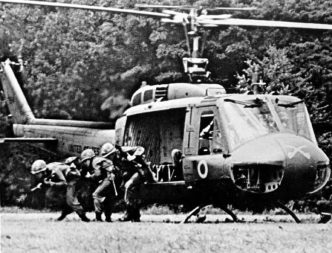
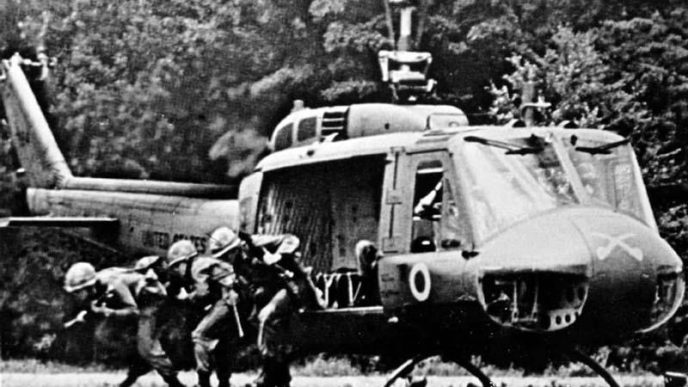
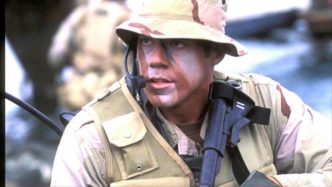
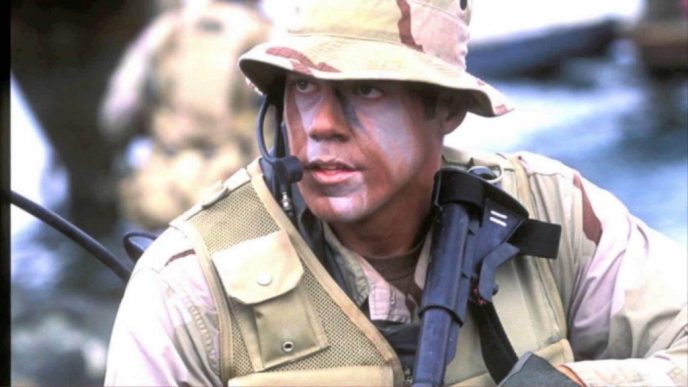
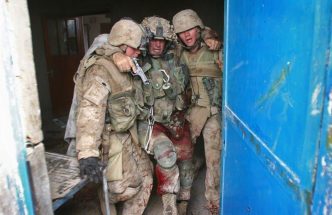
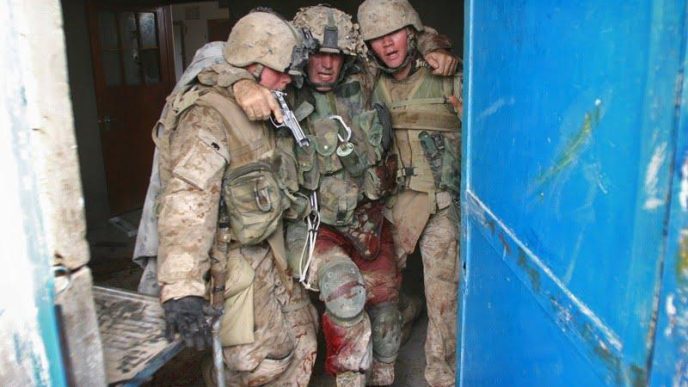
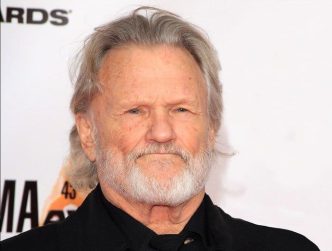
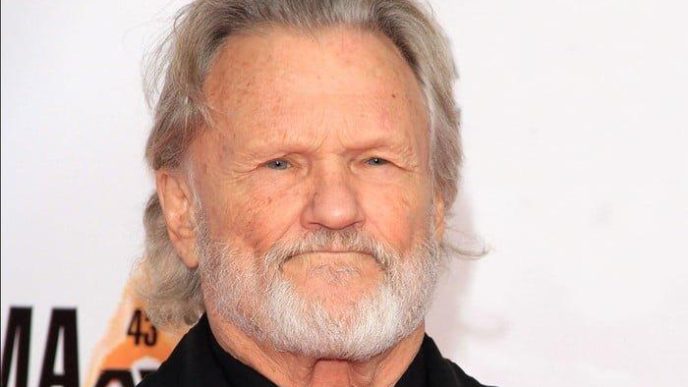
Comments are closed.